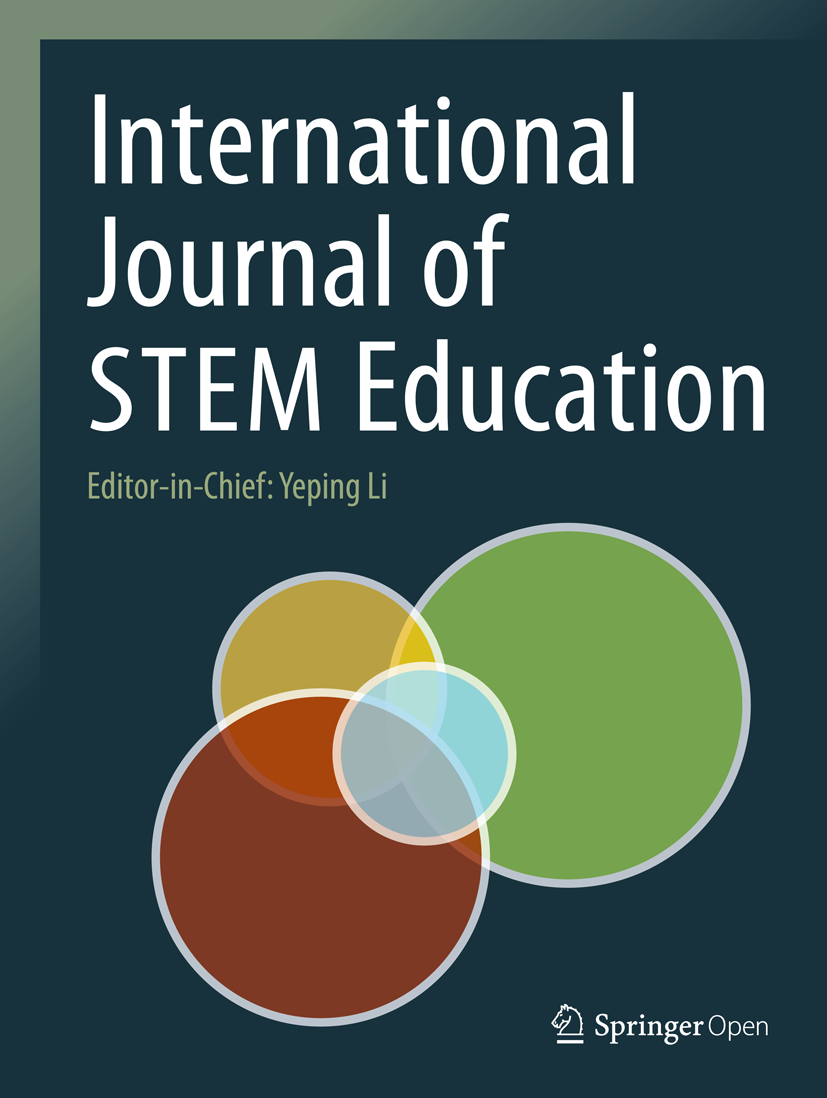Attending to STEM education in servingness at Hispanic-serving institutions: a systematic review of more than a decade of scholarship
IF 8
1区 教育学
Q1 EDUCATION & EDUCATIONAL RESEARCH
引用次数: 0
Abstract
Enrolling over 60% of all Latinx undergraduate students, Hispanic-serving institutions (HSIs) are poised to play a critical role in diversifying and strengthening Science, Technology, Engineering, and Mathematics (STEM) education and the STEM workforce. However, how HSIs serve STEM students is not well understood. Accordingly, guided by Garcia et al. (Review of Educational Research 89:5–745, 2019) multidimensional servingness framework, we conducted a systematic review of the research on STEM education within the HSI context. By attending to STEM education in conversations around how HSIs may serve Latinx students and their campus communities, our ultimate aim is to improve STEM education particularly at HSIs and advance STEM servingness more broadly. Through our systematic review of STEM education research at HSIs, we identified (under)studied components of servingness and gaps within this literature base. Specifically, among the 128 qualifying articles, nearly two-thirds focused on student outcomes but overlooked institutions’ organizational context, raising questions about the effect(iveness) of the studied interventions. Additionally, we identified three thematic gaps in this literature: ghosting the HSI context (i.e., relying on HSIs as research sites without considering the unique HSI context); ghosting Latinx culture (i.e., decentering Latinx students and the Latinx community’s sociocultural aspects and assets), and ghosting people and places (i.e., under-examining certain student populations like Latino men in STEM and places like Hispanic-serving community colleges). Ultimately, our study extends the field’s understanding of servingness by attending to STEM education within the context of HSI institutions. By systematically reviewing studies on STEM education at HSIs, we identified (under)studied components of servingness and patterned gaps within this literature. In doing so, we highlight opportunities to advance STEM servingness at HSIs through future research, policy, and practice. Collectively, these avenues hold the promise of improving STEM education and diversifying the STEM workforce.关注西语裔服务机构的在职 STEM 教育:十多年学术研究的系统回顾
拉美裔服务院校(HSIs)招收的拉美裔本科生占拉美裔本科生总数的 60%以上,在促进科学、技术、工程和数学(STEM)教育和 STEM 劳动力的多样化和加强方面发挥着至关重要的作用。然而,人们对 HSI 如何为 STEM 学生提供服务还不甚了解。因此,在加西亚等人(《教育研究评论》89:5-745,2019年)的多维服务性框架指导下,我们对恒星学校背景下的STEM教育研究进行了系统性回顾。通过在围绕恒星学院如何服务拉丁裔学生及其校园社区的对话中关注STEM教育,我们的最终目的是改善STEM教育,尤其是恒星学院的STEM教育,并更广泛地推进STEM服务性。通过对恒星学院的 STEM 教育研究进行系统回顾,我们发现了服务性的(研究不足的)组成部分以及文献基础中的空白。具体而言,在 128 篇合格的文章中,近三分之二的文章关注学生的学习成绩,但忽略了院校的组织环境,这就对所研究的干预措施的效果提出了质疑。此外,我们还在这些文献中发现了三个主题性空白:对恒生学院背景的忽略(即依赖恒生学院作为研究地点,而不考虑恒生学院的独特背景);对拉丁裔文化的忽略(即分散对拉丁裔学生和拉丁裔社区的社会文化方面和资产的关注);以及对人和地点的忽略(即对某些学生群体(如 STEM 中的拉丁裔男性)和为西班牙裔服务的社区学院等地点的研究不足)。归根结底,我们的研究通过关注恒星学院背景下的 STEM 教育,扩展了该领域对服务性的理解。通过系统回顾有关恒星学院 STEM 教育的研究,我们发现了服务性的(研究不足的)组成部分,并找出了这些文献中的空白点。在此过程中,我们强调了通过未来的研究、政策和实践推动恒星学院 STEM 服务性的机会。总之,这些途径有望改善 STEM 教育并使 STEM 劳动力多样化。
本文章由计算机程序翻译,如有差异,请以英文原文为准。
求助全文
约1分钟内获得全文
求助全文
来源期刊

International Journal of Stem Education
Social Sciences-Education
CiteScore
12.40
自引率
11.90%
发文量
68
审稿时长
13 weeks
期刊介绍:
The International Journal of STEM Education is a multidisciplinary journal in subject-content education that focuses on the study of teaching and learning in science, technology, engineering, and mathematics (STEM). It is being established as a brand new, forward looking journal in the field of education. As a peer-reviewed journal, it is positioned to promote research and educational development in the rapidly evolving field of STEM education around the world.
 求助内容:
求助内容: 应助结果提醒方式:
应助结果提醒方式:


